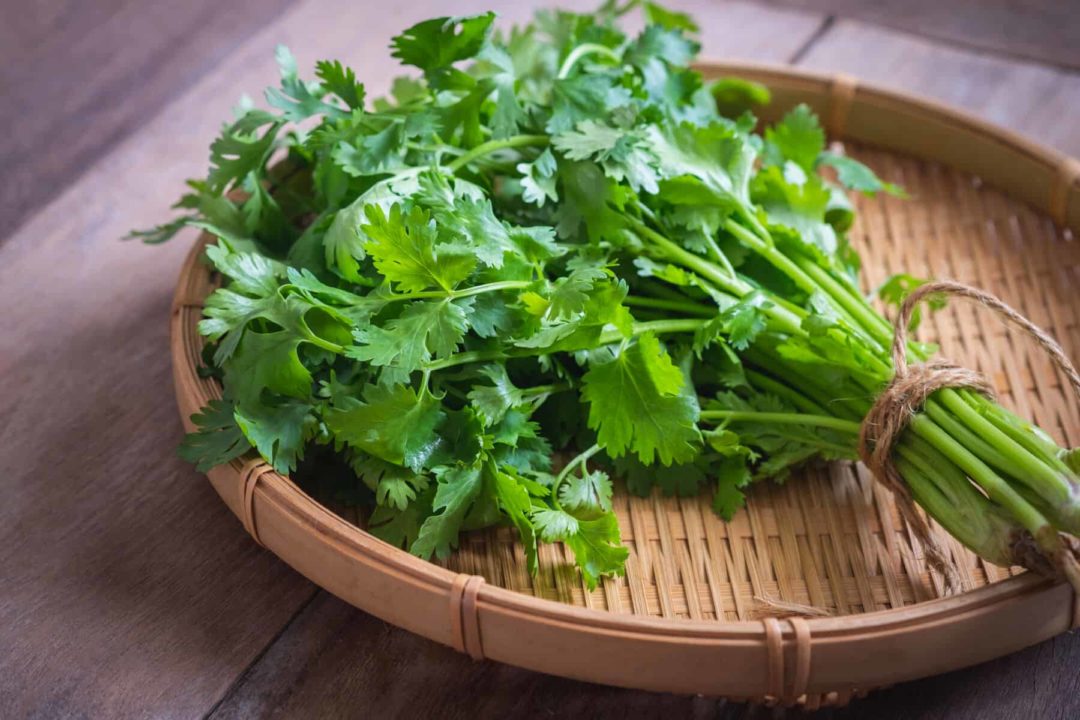Coriandrum sativum L, Coriander, from the Apiaceae family of plants, is a strong aromatic herb used commonly around the globe. Coriander has a long history of use, and has broad antimicrobial activity benefits.
The ancient Egyptians cultivated coriander around 3,100 B.C for its fragrant and medicinal properties. Evidence was found during Egyptian pyramid excavations (1). The herb has been used for a wide array of health conditions including antifungal benefits, skin health, pain, inflammation, as well as immune support (2).
All parts of the plant are used in cooking, including the seeds, leaves, and stems, both fresh and in dried form. It is surprising to many that the leaves of the plant are referred to as cilantro, or Chinese parsley, while the seeds remain under the Coriander name. There are mixed feelings on the taste of both the seeds of the plant and the leaves: People either like it, or hate it. But either way, it gives food a healthy nutrient boost, with fiber, manganese, iron, calcium, and iron, as well as phytonutrients. Another great benefit is that growing cilantro, or coriander, is easy, and it can be kept all year long, fresh and handy for use in a wide array of foods.
Evidence also indicates that the herb is safe: “The data available on the toxicity of coriander oil are limited. However, coriander and its oil have a long history of dietary use, with no record of harm caused by consumption of these ingredients” (1).
References
(1) Elsevier-Food and Chemical Toxicology. “Safety assessment of coriander (Coriandrum sativum L.) essential oil as a food ingredient.” George A. Burdock, Iona G. Carbin. August 2008.
(2) Medical News Today. “Why is cilantro (coriander) good for you?” Jillian Kuballa.










